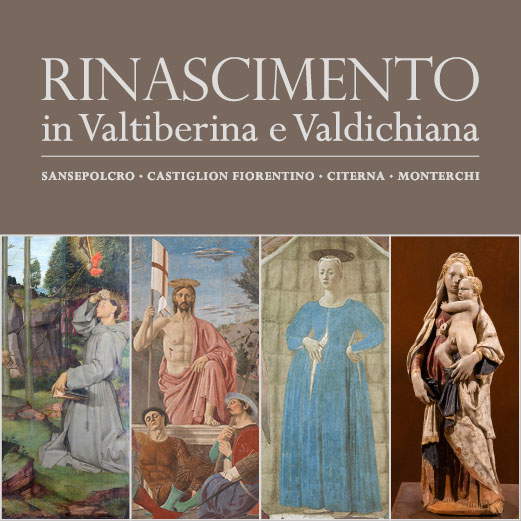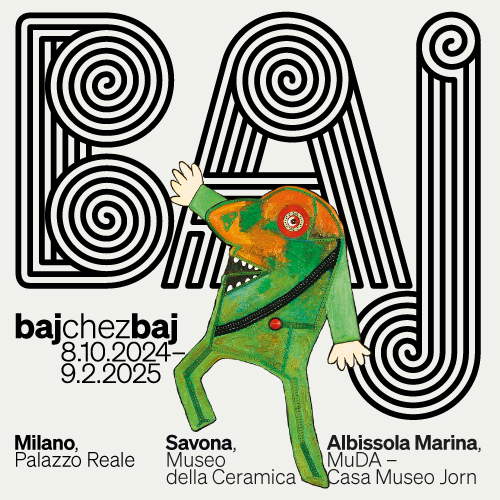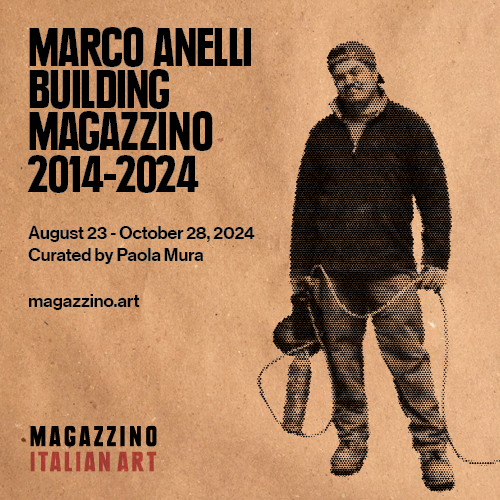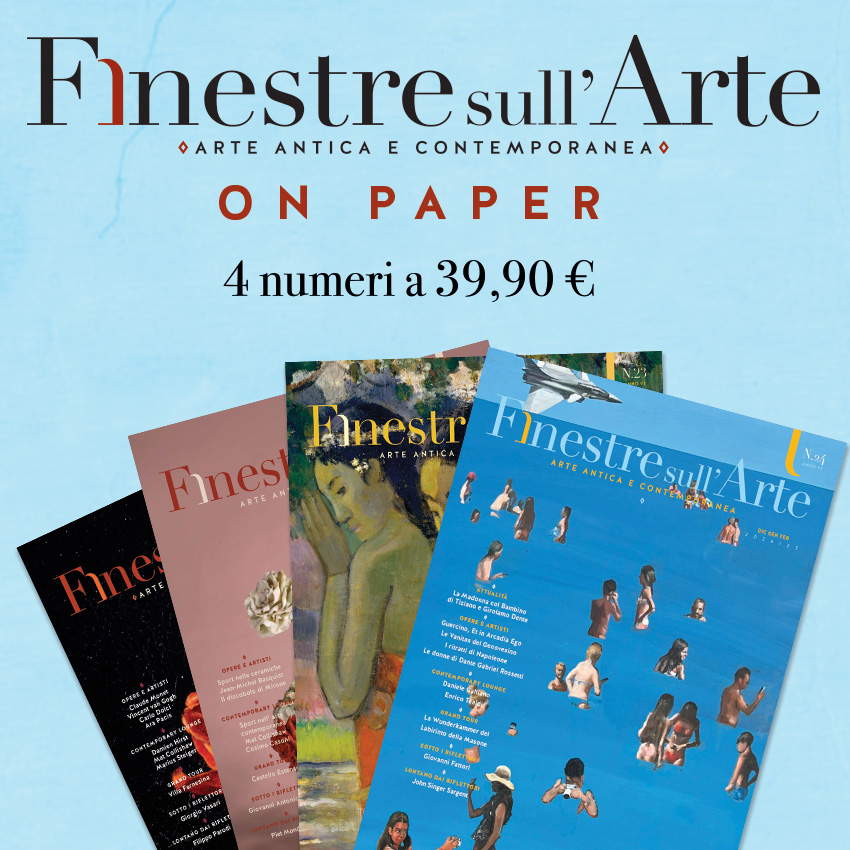Mongolia's Zurag tradition on display in Venice
From April 20 to Nov. 24, 2024, Galleria Garibaldi in Venice presents the exhibition Mongol Zurag: The Art of Resistance curated by art historian Uranchimeg Tsultemin in dedication to the centenary of the birth of Mongolian artist and writer Nyam-Osoryn Tsultem (1924-2001). The style of painting known as Mongol Zurag emerged during the 20th century from Mongolian artists as a creative reaction to socialist realism during the Cold War era. The period coincided with the rise of the Mongolian People’s Republic in 1924, becoming the second socialist country in the world. In the 1930s and 1940s, the regime embarked on a mass cleansing campaign with the destruction of Buddhist art and culture. The ancient traditions were replaced by a new cultural order, influenced by the training of young professionals in the Soviet Union and Eastern Europe. In that context, Ulaanbator, the new capital built on the ruins of Buddhist temples, stood out for its architecture inspired by Soviet models.
The traditional Mongolian script was supplanted by an adapted Cyrillic alphabet, a symbol of the cultural transformation taking place. This environment of change and renewal gave birth to the Mongol Zurag style of painting, which represented an alternative to socialist realism and an indigenous form of artistic expression anchored in the roots of Mongolian culture. The exhibition delves into artistic creativity in the context of socio-political restrictions, focusing on the works of Mongolian artist and writer Nyam-Osoryn Tsultem, a prominent figure in Mongolia’s cultural history. Tsultem was not only a pioneer in the field of Mongolian Zurag painting, but also an opponent of political censorship and government intolerance of Mongolian faith and knowledge of history. Through his works, Tsultem preserves and promotes Mongolia’s rich cultural heritage, defying government restrictions and defending freedom of artistic expression. The works in the exhibition reveal to the public Tsultem’s vision and talent and his contribution to Mongolian culture.
The exhibition also analyzes Mongolian Zurag painting through the works of three important contemporary artists, Baasanjav Choijiljav (1977), Baatarzorgi Batjargal (1983) and Urjinkhand Onon (1979). The artists of the new millennium not only continue the legacy of the 20th-century masters, but also express a strong resistance to neoliberalism through their creativity in the context of the Mongolian Zurag style. Baatarzorig, for example, critiques the pervasive impact of global popular culture, mainly from the United States and East Asia, highlighting how it has undermined cultural identity and provoked debates similar to those faced by artists of the previous century. His works offer a visual reflection on neoliberalism, depicting the pervasive influence of corporations and their “banking of nature” for profit, a concept also outlined by Neil Smith. Baasanjav, offers a perspective on neoliberalism, revealing how this ideology has tightened its grip on society through visual representations that highlight the use of its elements for corporate profit. Finally, Urjinkhand explores modern issues such as contemporary incarceration and smartphone addiction, recognizing these issues as global phenomena that require artistic exploration and social critique.
Mongol Zurag: The Art of Resistance aims to be an opportunity to explore the power and relevance of Mongol Zurag painting in the contemporary context through the works of artists who embrace both tradition and the challenge of their times. Their artistic creativity acts as a means of resistance, inviting audiences to think deeply about the complex social, economic and cultural challenges of our time. Through a variety of themes and artistic approaches, the artists question neoliberalism and its global infrastructure, which often leads to the “capitalization of nature” and its implications, especially in Mongolia. Organized in collaboration with the Mongol Zurag Society, the exhibition is an important forum for discussing Mongolian contemporary art and promoting awareness and dialogue on crucial issues that affect not only Mongolia, but the entire world.
Image: Baasanjav Choijiljav, Taste of money in-between clouds (2009)
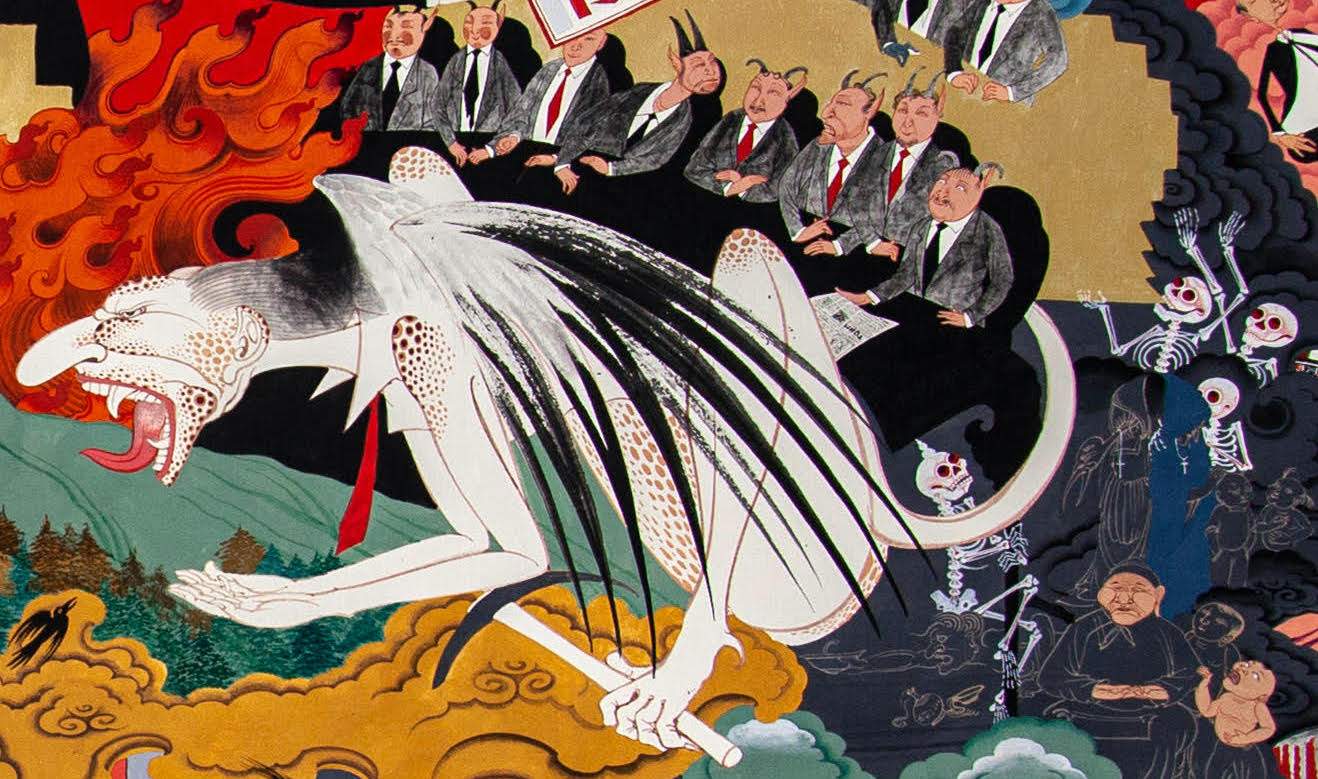 |
| Mongolia's Zurag tradition on display in Venice |
Warning: the translation into English of the original Italian article was created using automatic tools. We undertake to review all articles, but we do not guarantee the total absence of inaccuracies in the translation due to the program. You can find the original by clicking on the ITA button. If you find any mistake,please contact us.




